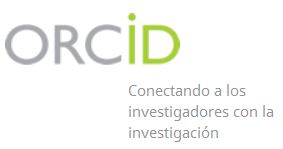Sensitivity and specificity of the airway assessment tests
Keywords:
Difficult airway diagnosis tests, difficult intubationAbstract
Introduction: One of the anesthesiologist responsibilities is to control the patient's airway. 34 % of the lawsuits against anesthesiologists are due to airway events and intubation difficulty.Objectives: To identify which one of the prognostic tests has the highest sensitivity and specificity in patients performed laparoscopic cholecystectomy.
Method: A retrospective longitudinal analysis was carried out with a sample group of 300 patients who were performed laparoscopic cholecystectomy, in the period from January 2011 to January 2016. We worked with a nonprobabilistic sample of 199 patients.
Results: Body mass index was 24.6 ± 3.9. Age was 42.28 ± 14.6 years. 39 % were men. The upper lip bite test was positive in 6 % pf the patients, with sensitivity being 94 %, and specificity of 91 %. 24.1 % showed Mallampati between 3 and 4, with 86 % of sensitivity and 43 % of specificity. The mouth opening had a sensitivity of 89 % and a specificity of 31 % was positive in 24.6 %. Thyromental distance yielded a sensitivity of 90 % and a specificity of 72 %. It was positive in 14 %. Finally, the atlantoaxial extension was positive in 10 patients, for a 5% with a sensitivity of 3 % and specificity of 10 %.
Conclusions: In the studied series, the difficult intubation predictive test with better sensitivity and specificity was the upper lip bite test.
Downloads
Published
How to Cite
Issue
Section
License
Those authors who have publications with this journal accept the following terms:
- They will retain their copyright and guarantee the journal the right of the first publication of their work.
- All the content of the journal is under a license https://creativecommons.org/licenses/by-nc/4.0/deed.es_ES
- It is recommended to the author to insert their articles in recognized preprints serves and introduce their database in server crated to this end.




 Sociedad Cubana de Anestesiología y Reanimación (SCAR)
Sociedad Cubana de Anestesiología y Reanimación (SCAR) 

